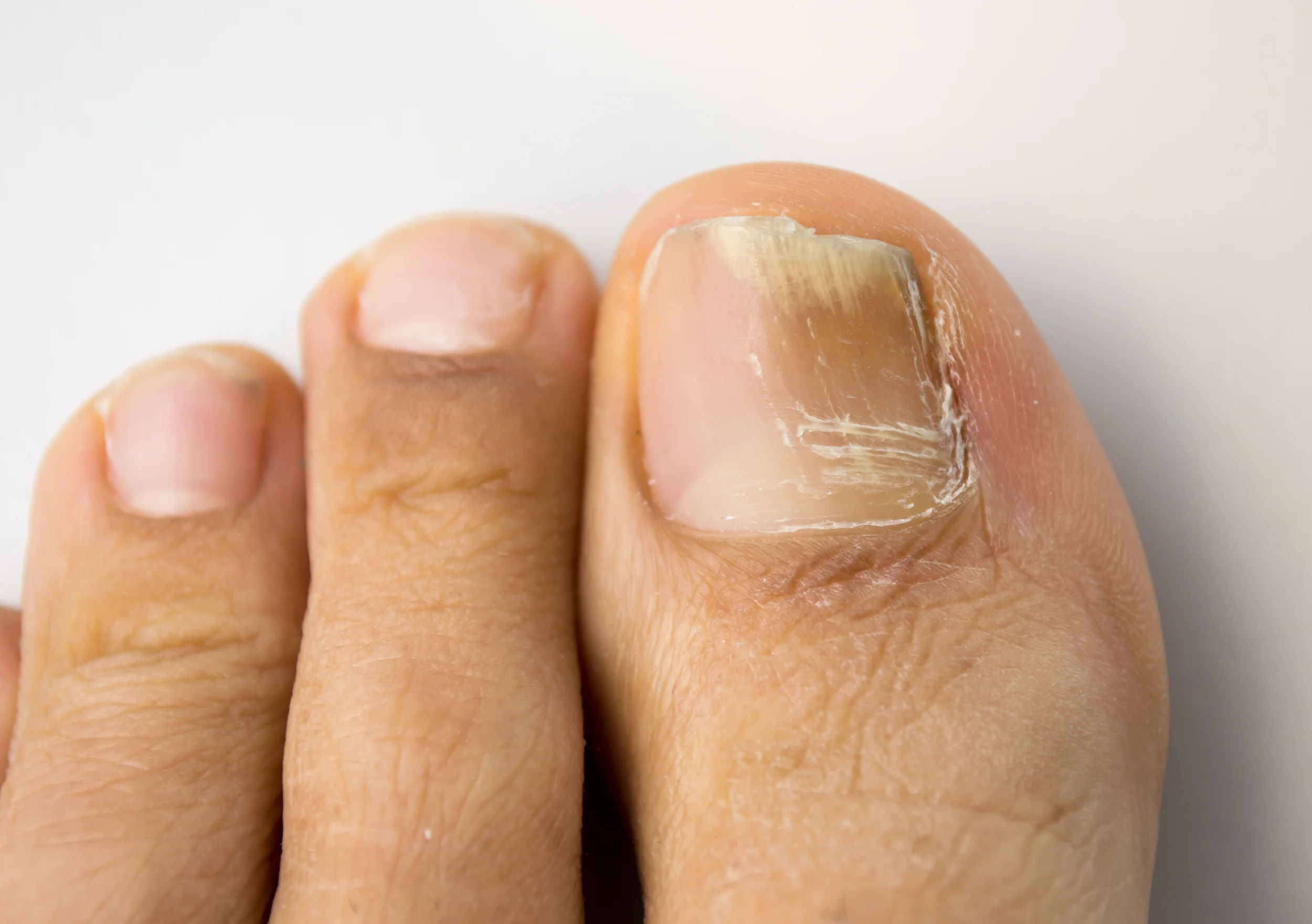Athlete's Foot and fungal nails are the most common fungal foot problems. Fungus thrives in dark, warm moist areas, like your sweaty shoes. It can grow on your toenails, between your toes, and on the soles of your feet. Fungal problems can be caused by socks or shoes, heat, and humidity or by disorders like diabetes.
Athlete's Foot (Tinea Pedis)
Athlete's foot is a chronic fungus that spreads in places where people go barefoot, like public showers or pools. It starts between your toes or on the arch of your foot and then spreads to the bottom and sides. It ranges from mild scaling and itching to painful inflammation and blisters.
Treating athlete's foot
The good news is there are many kinds of medication to treat your Athlete's Foot, depending on how bad it is. If your condition isn't serious, you can get over-the-counter and prescription powders, lotions, or ointments. It's best to consult your podiatrist before you take any new medicine. If your Athlete's foot doesn't improve, we'll prescribe stronger medication.
Fungal Nails
Fungal nails are usually more resistant and difficult to treat than Athlete's foot. We use topical (creams) or oral (pills) antifungal medications. If you have persistent fungus, we might recommend removing your nail.
Once we treat the nail fungus, it's important to prevent it from coming back. Fungus can travel from nail to skin and vice versa, so keep your feet dry. Dry feet are less likely to become infected or spread the infection.
preventing nail fungus:
- Don't share nail clippers or files
- Don't share shoes or socks
- Don't cut your nails too short
- Wear dry cotton socks, and change them often
- Keep your shoes dry and well-fitting (fungus loves tight, enclosed, moist shoes)
- Wear shower sandals or shoes when you are at a public pool or shower.

